How Website Development Charges are Determined: Factors and Models
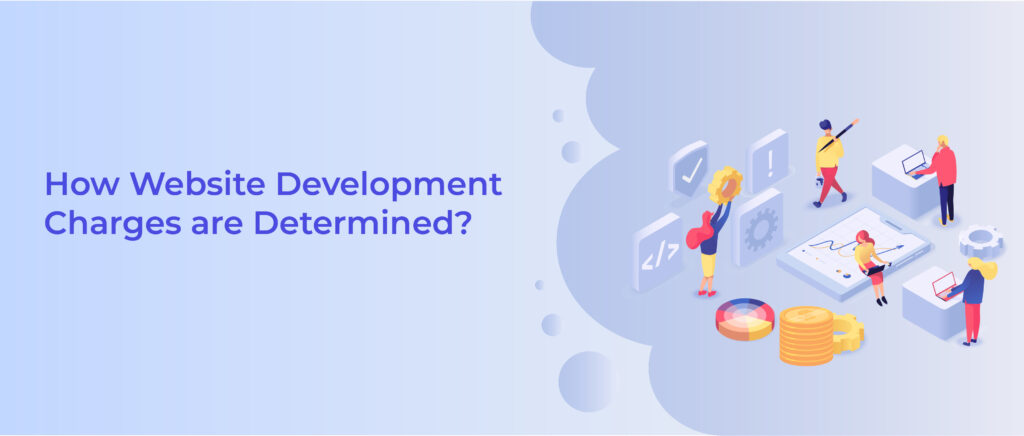
One of the first questions that come to mind when building a website is “What does it cost?” While it would have been great if there was a one-size-fits-all answer to this, such is not the case. Website development charges depend on various elements- from the scope and complexity to the development model of the website.
It is important to estimate the initial website development charges to be able to set a realistic budget. Having a good website is crucial to establish credibility and visibility.
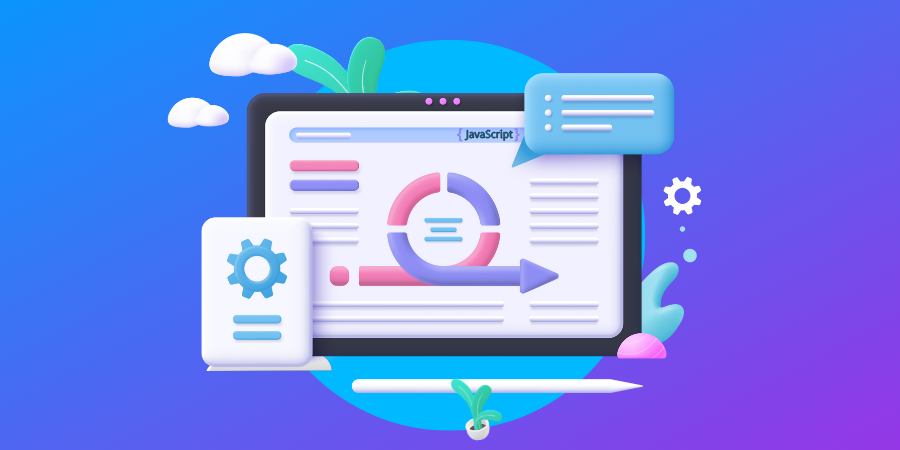
In this article, we will take a look at how website development charges are determined, the factors influencing the charges and the different pricing models commonly used in the industry.
Factors Affecting Website Development Charges
1. Type of Website
Naturally, the kind of website you require determines largely what the cost would be like for developing it. Websites can range from simple and static pages to complex feature-heavy platforms. The different kinds of websites are listed below:
Basic Websites:
These are predominantly information-based websites, containing only a few pages such as a home page, about us, services, and contact pages. Basic websites are less costly as they don’t need too much design or features and have the basic functionality.
E-commerce Websites:
These are online stores that contain product pages, payment gateways, and shopping cart and order management functionalities, among others. Typically, the cost of developing an e-commerce website is much higher than others due to their complexity, payment systems integration, and added security. Costs also vary with the size of the product catalogue, as larger inventories demand scalable systems and efficient navigation.

These cost more, and web applications that tend to be uniquely functioning for a company’s specific purposes are custom. These include things like custom user dashboards, integration of CRMs or other advanced tools that are beyond merely a website.
Content Management Systems (CMS):
Websites built on CMS platforms such as WordPress or Joomla are usually cheaper than fully custom-built sites. This is because they greatly simplify the creation and management of websites since there are pre-designed templates and plug-ins available. However, the cost can escalate depending on the complexity of custom themes, plugins, and other integrations. However, costs will increase if custom themes and third party tools (such as e-commerce systems or CRMs) are added since they significantly add to the development effort. Despite this, CMS platforms remain a cost-effective choice for clients seeking flexibility and scalability.
Blogging Websites:
These are relatively more affordable to develop since they are primarily focused on content publishing, where interactive features are not as necessary. These prioritise information sharing over fancy functionality. The addition of social media platform integrations, unique design elements or advanced content management tools would increase the website development charges. However, if you want your website to be straightforward in delivering content, blog websites are your most feasible and cost-effective bet.
2. Design Complexity
The second factor that influences the total cost for a website development project is the amount of design needed. A template-based design is usually the cheapest, but fully custom designs with advanced animations, interactive elements, and responsive design will increase prices. Here is how design complexity looks like in terms of costs:
Template-based Design:
These designs use pre-designed layouts that can be tailored to suit specific needs, making them quite a common option for website development when it comes to cost-effectiveness. These are ideal for small businesses or personal sites.
Custom Design:
A custom design is more expensive since it is specific to your brand and tailored to your requirements, being more time and effort intensive. Custom design involves creating original layouts, graphics, and user interfaces- unlike the template based designs. These need solutions that are made from scratch, layouts, graphics and interfaces that are incorporated from the base level. These are a great option for achieving a distinctive look and personalised user experience, ensuring a better brand experience for the audience.
However, the higher level of expertise and effort required for custom development contributes to its greater cost, making it best suited for businesses seeking a highly tailored and professional online presence.
Mobile-Friendly Design:
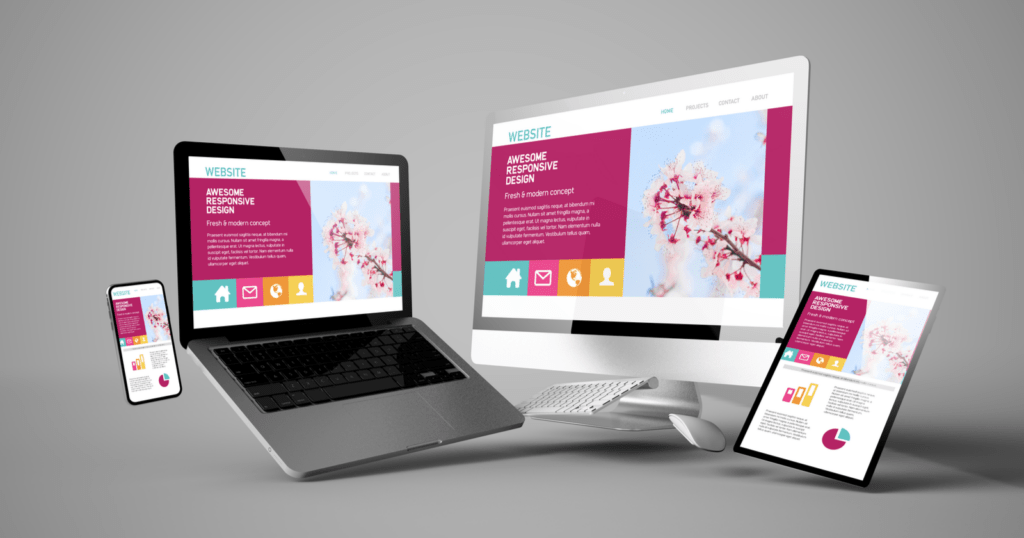
It is crucial that your website is mobile-friendly in today’s world. This requires optimising layouts, features and all functionalities seamlessly across various devices and formats. Often, the navigation, images and other elements have to be changed in order to adapt to a smaller screen space. This is needed to ensure an intuitive experience for the user.
Implementing a mobile-friendly design calls for additional development effort and time that is needed to incorporate responsive frameworks or custom coding to ensure compatibility across different screen sizes. This increases the website development charges but is a vital investment to reach a greater audience and improve their experience.
User Experience (UX) and User Interface (UI) Design:
This kind of design is vital for websites that are intuitive, visually appealing and user-friendly. This involves extensive research about user behaviours and preferences, after which a number of design iterations are made. These efforts ensure that the website does not only look good but also provides a seamless experience when it comes to navigation and experiencing the functionalities and features of the website.
Thus, the cost for a website that is focused on a great user experience, is usually higher than the usual websites since the resources required are greater.
3. Functionality Requirements
The more features and functionalities you want, the higher the price for website development. Some common features that have a cost implication include:
E-commerce Integration:
This would mean integrating an online store, payment gateways, product catalogues and shopping cart functionalities. All of which would require considerable backend development for a smooth flow of operations like secure payment processing, order management and inventory tracking. These core requirements for a business website aiming to sell products or services online will inevitably increase the website development charges.
Custom Features:
Membership systems, booking platforms or advanced data analytics are some features that a website would need built separately after customisation. Since such features are tailored to meet specific business needs and have unique functionalities that go beyond the standard templates, they require extra expertise and development.
Custom solutions are usually more resource intensive when it comes to designing, testing and implementing- making them expensive. However, they do provide an edge by offering features that are specifically tailored to your needs.
Third-party Integrations:
A website’s functionality and connectivity can be enhanced by integrating third party tools such as social media sharing options, email marketing platforms, CRM systems or APIs for external services by improving user engagement and streamlining processes.
However, they also add to the development workload since they typically need specialised configurations and compatibility adjustments which usually raise the overall project costs.
SEO and Analytics:
Optimising a website for search engines and tracking user activity mandates incorporating proper SEO strategies and tools like Google Analytics. They make sure that the website would rank well in search results and also provide insights into visitor behaviour that can be utilised for making future actionable strategies. While these are not too time-consuming, they do need expertise in their area to be set up effectively and so, add to the development cost. However, it is a needed investment that guarantees long-term benefits by improving visibility and data-driven decision making.
4. Development Time and Expertise
One of the major influencing factors on the website development costs is the time that is consumed. The complexity of the website and thus, the skills required to make it are also other contributing factors. Here is how they work:
Development Team Expertise:
Working with a specialist or an experienced developer/team will automatically cost more than hiring newbies. For example, it will cost more to hire an established web development agency than a freelancer or an upcoming agency- since they guarantee good quality results and a certain standard of expertise and professionalism that would come in with their rich experience.
Project Timeline:
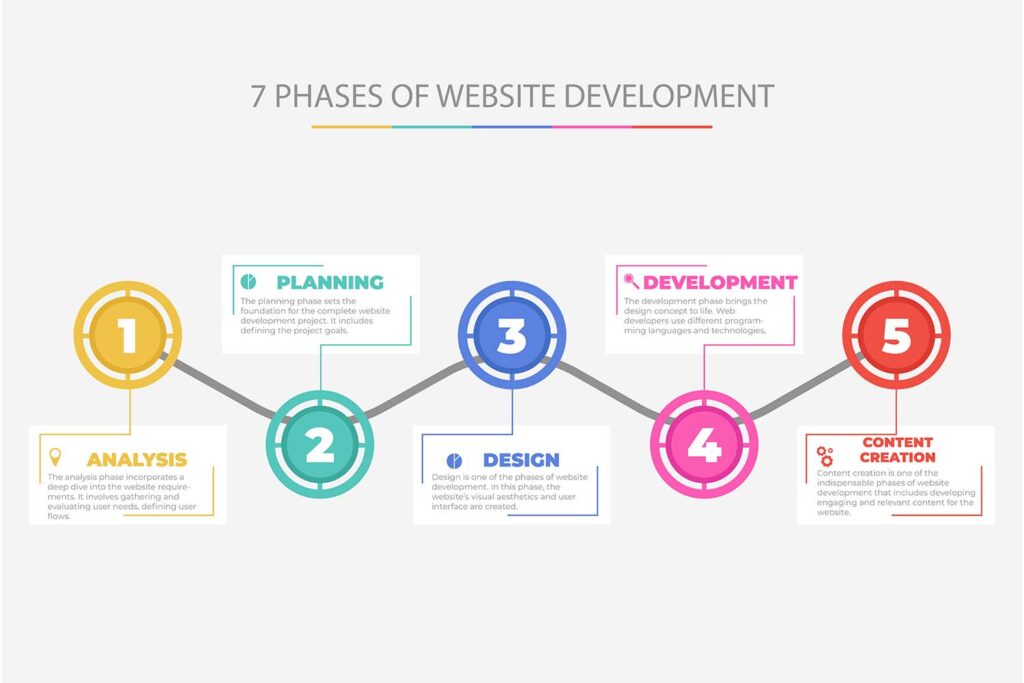
If it is a project that needs urgent attention, it would be more expensive. Shorter the deadline, higher the prices since the team working on it would be allocating more of their time and effort into your project, treating it as the top priority. Conversely, a long project would usually be slightly cheaper.
Geographical Location:
Another factor that is often missed is the location of the team of developers. If they live in a region with a higher cost of living, their rates would be higher than those in regions with lower cost of living. However, always make sure that the quality of your work is not affected by a cheap trade off.
5. Maintenance and Support
Website development does not end when the site goes live. Ongoing maintenance and support are necessary to ensure your website functions optimally. Costs related to maintenance include:
Content Updates:
If your website requires regular content updates such as adding new product listings or blogs, it will increase your costs. This is because such frequent updates would involve maintaining a proper Content Management System (CMS) for your website. Depending on your needs, features like automated scheduling or user-friendly interfaces could be added but would add to the charges. For businesses with dynamic content needs, investing in scalable solutions can help in managing the costs more effectively.
Technical Support:
To ensure your website is always working, is safe and is updated with the technologies used, you would be charged for technical support. This would be for purchasing software updates, resolving bugs or glitches and addressing any other issues that might arise. This would require dedicated expertise to prevent vulnerabilities and keep the site up and running in the best shape. While this would be a long-term cost, it is essential to maintain your business’ integrity and experience.

Website Development Pricing Models
Now that you know what goes into website development charges, here is a run-down of the most commonly used pricing models that agencies and developers use. They are as follows:
1. Fixed-price Model
This model follows the developer or agency stating a set price at the start of the project based on the scope of work your website would require. This is ideal if yours is a project which is well-defined in terms of the scope of work and timelines. The client gets to know exactly how much they will be paying in total at once.
However, since it is set on estimations, there is a chance that additional expenses are incurred due to a change in the scope of work or unexpected requirements. Thus, this model is usually suited best for clients who require a rather simple and straightforward website where the goal can be clearly understood by both parties and the possibility of newer requirements is minimum.
2. Hourly Rate Model
This model focuses on the amount of time spent on working on the project by the developers/agency. The total cost is usually calculated by the per hour rate of the agency/developer being multiplied by the number of hours it took to complete the project. Hourly rates can vary from one developer to another and from one location to another and is also dependent on the level of expertise of the person.
This model is most suited for projects that are more dynamic and may have scope for changes once the project has been undertaken. The disadvantage is that you would not get a solid figure as an estimate of the total cost as it is subject to change until the very end of the project.
3. Retainer Model
Under this model, a fixed monthly payment is made to the developer for continuous development, maintenance and updates of the website. This is usually taken up by business bodies since they require continuous and regular updates to their platform.
This model is usually tailored according to the outline of the scope of work- making note of tasks like content updates, bug fixes and software updates are taken care of consistently.
4. Value-based Pricing
This model is based on determining the value the website would bring to your business. It focuses on how much the result would yield for you, instead of focusing on the time or resource utilised in making the website. This model is generally applied by experienced developers who have a history of developing fast-performing websites.
Conclusion
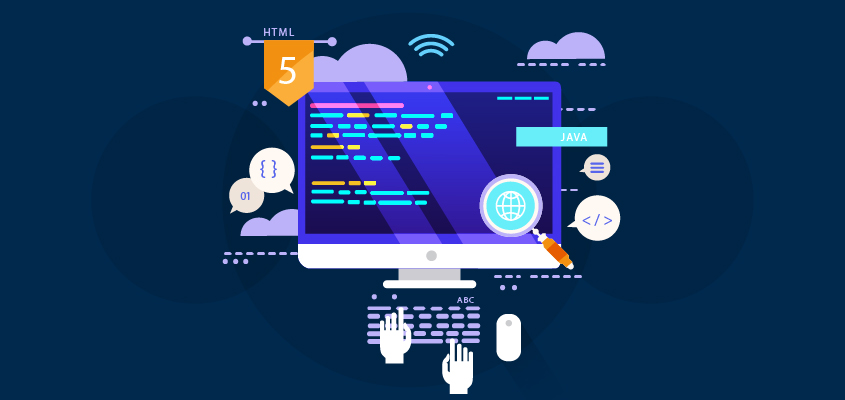
As we now know, website development charges depend on a variable of factors including the type of website, design complexity, required functionality, development time, and how long it may take to maintain. Knowing these will help you to set a realistic budget.
Choosing the right pricing model is also essential while planning your website. Clear and effective communication with your partner is crucial to avoid any misunderstandings or potential budget strains or overruns. Establishing clear expectations about the process, deliverables and their timelines upfront will help streamline the process and ensure a smoother collaborative experience.






